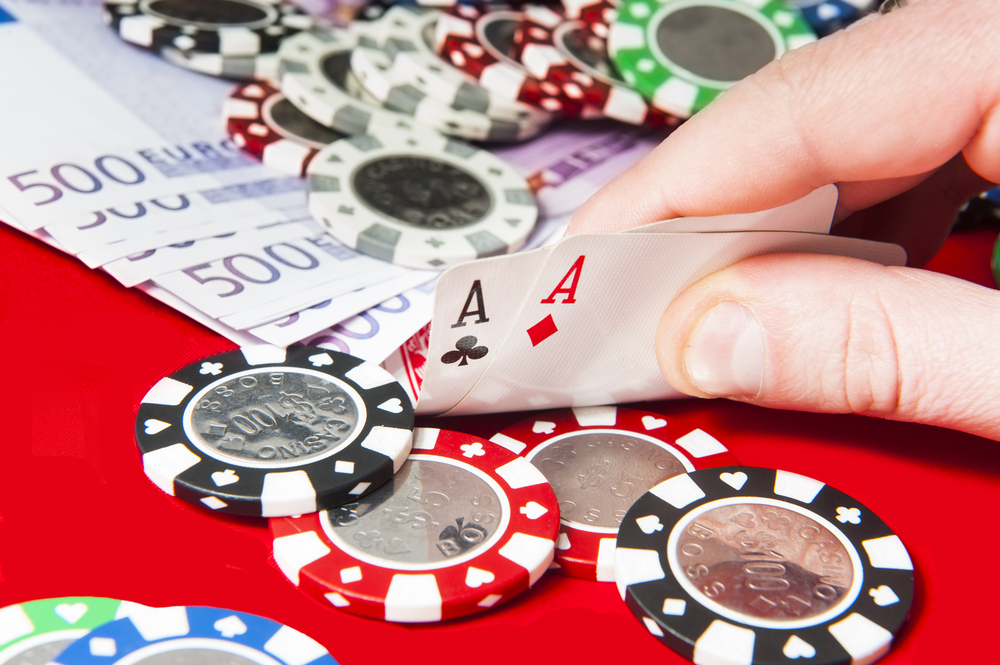Figuring out the odds of holding a winning hand is a key skill in poker strategy. It’s all about probability, but don’t worry, you don’t need to be a maths whizz-kid. This guide to calculating poker odds will help you figure out when to bet and when to fold. These guidelines are for Texas Hold‘em, although the principles can be applied in other forms of poker too.

Figuring the Outs
Knowing your ‘outs’ helps you figure out poker odds. An ‘out’ is a card that will make the hand you are looking for. For example, if you hold a pair of sevens, then to make three of a kind you need another seven. This means there are two ‘outs’ in the deck. If you hold two pair, there are four possible cards that could make this a full house. That’s four possible ‘outs’. Knowing how many ‘outs’ are required to make a good hand can help you figure out the probability of having a winning hand.
Anti-outs
Some ‘outs’ might help you but help other players more. You might hold a four, five and a six, and there’s a seven in the flop. A three or an eight will give you a straight. You would think this means you have eight ‘outs’; four threes, and four eights. But the flop is also made up entirely of spades, meaning that two of your ‘outs’ could also help another player complete a flush. This means you only have six good ‘outs’, greatly reducing the probability of holding the winning hand. It’s also important not to count your ‘outs’ twice. If the same cards could help you complete a flush and a straight, you can only count them once, or you give yourself falsely higher odds of a winning hand.
The Maths
Basically, the more ‘outs’ there are that will help you make a winning hand, the higher the probability. That makes sense, right? But how do we work it out? The easiest way is the method of four and two. This is a simplified method of calculating odds that means you don’t need to memorise charts or be a mathematical genius. With the turn and the river to go, multiply your ‘outs’ by 4. This will give you the approximate percentage probability of getting the cards required. If you hold three spades, with none in the flop, you have nine ‘outs’ to complete a flush. Nine multiplied by four is 36, so there’s approximately a 36% chance of getting two more spades and completing a flush. With one turn remaining, simply multiply the ‘outs’ by two instead of four.
Pot Odds
Deciding whether to bet on your hand comes down to how much money is in the pot and how much money you have to play to call. If an opponent bet £10 and the pot is £90, you have to play £10 in order to call. This means you’re playing £10 for a chance to win £100, or odds of 10:1, or about 9%. What you’re looking for is better odds at getting a winning hand than pot odds, otherwise it’s not really worth playing. With the above example, there’s a 36% chance, or around 4:1 odds of the cards being drawn that will make a winning hand. Because these odds are much higher than the pot odds, that means it’s a very good time to bet.
Chance
Of course, poker probability is about maths and in cards, there’s always an element of chance. But knowing the odds lets you take those chances carefully and with a bit of know-how. Combine your knowledge of the odds with a good poker face, an eye for your opponents’ tells, and you’ll be winning hand after hand in no time whether you play poker online or at the casino.